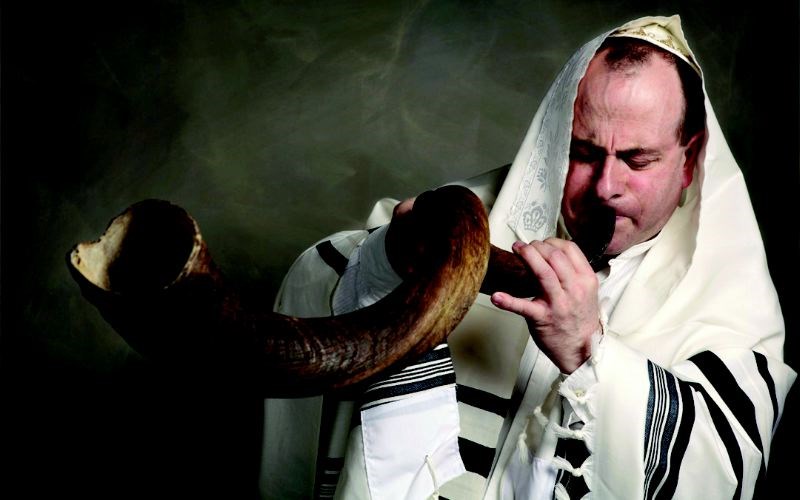What is your favourite day of the year? Canada Day? Christmas? Vaisakhi festival? Your birthday? Let me ask you another question. Why is it your favourite day? What makes one particular day seem more special than another?
In part, our answer to that question depends on two things: our worldview and our ethnicity. What we believe and where we live have a tremendous influence on our view of the value of certain days of the year.
This fall, we will explore some of the sacred days of a number of world religions. We will time the articles as best we can, so that they coincide with the sacred days themselves.
Our first sacred day occurs on Saturday, Oct. 8 - the Jewish celebration of Yom Kippur. In English, the term means Day of Atonement.
Yom Kippur is 10 days after the start of the Jewish New Year, and it is arguably the most important day in the Jewish calendar. As with most sacred days, there are two elements we need to consider: the historical origin and context, and the current understanding and expression.
Historically, Yom Kippur originated during the life of Moses, after the Jewish people had been rescued from slavery in the Egyptian kingdom (either the 15th or 13th century BCE).
After the people had been set free, God communicated various moral, civic, and religious laws to the people, as the foundation for a new community and eventually a new country.
Part of this included the establishment of various festivals, each one commemorating and/or emphasizing a particular event or value.
On the top of the list was Yom Kippur - one day each year during which the sins of all of the ancient Israelites were collectively recognized, repented of, and forgiven by God - their sins were atoned for.
It was a day in which all the people gathered together and their covenant relationship with God was both remembered and reaffirmed.
Yom Kippur was a solemn and symbolic day, and included various offerings and sacrifices. The Day of Atonement also incorporated a scapegoat - the peoples' sins were figuratively placed on a specific goat, which was then sent into the wilderness, symbolizing the removal of the sins from the people.
What does Yom Kippur look like today? As with the followers of most religions, Jews are scattered all across the globe. How then, is Yom Kippur practiced in a world where there is no longer any geographic affinity?
Most active Jews today incorporate the essence of Yom Kippur into their lives, but do not include many of the historic sacrifices and practices. Whether privately at home, or collectively in a local synagogue, Jews participate in Sabbath rest, fasting, confession of sin, a request for forgiveness, and prayer for reconciliation with God in the new year.
In light of the meaning of Yom Kippur, it is easy to see why the day is so important in Jewish belief and life.
What are your thoughts about confession and forgiveness?
Questions or Comments? Each week, this column will explore issues and questions about religion and spirituality in Prince George and around the world. Please send your questions, comments, or ideas to @wessner (Twitter) or [email protected] (email).
Mark Wessner, PhD
Lead Pastor at Westwood Church
Continuing Studies Instructor at UNBC



